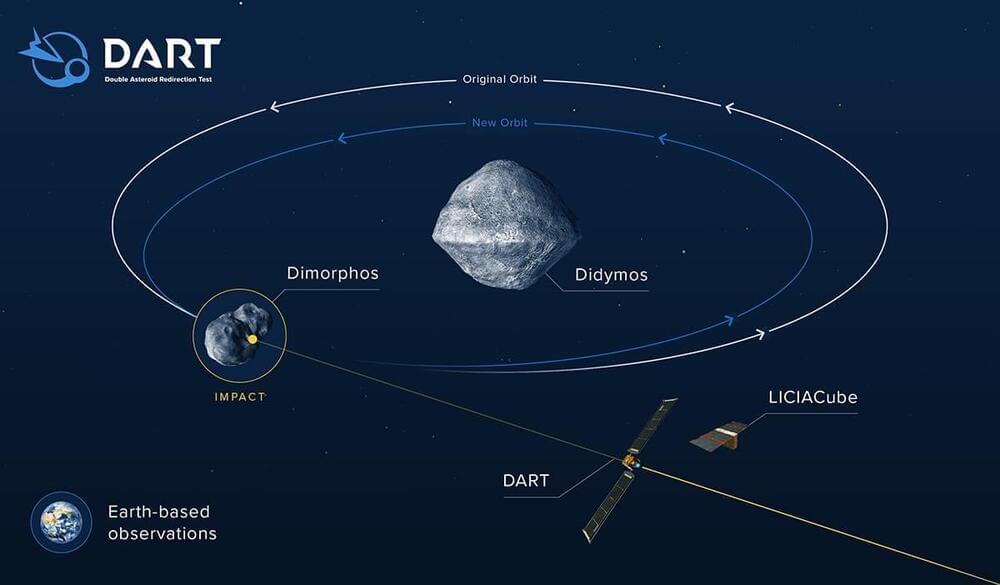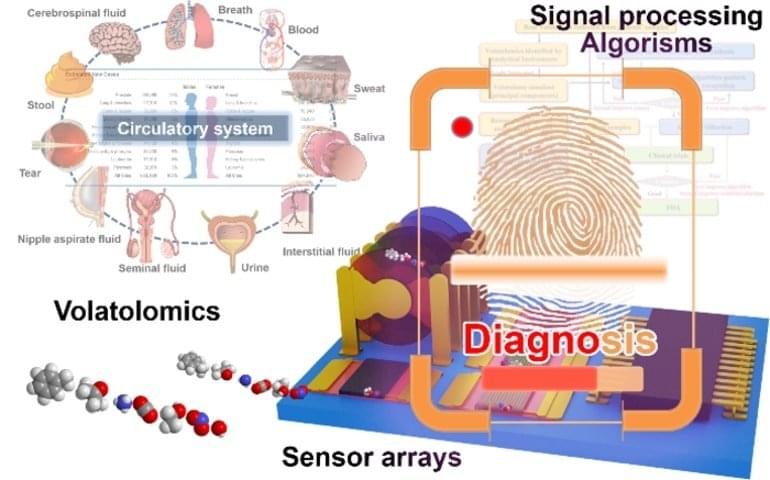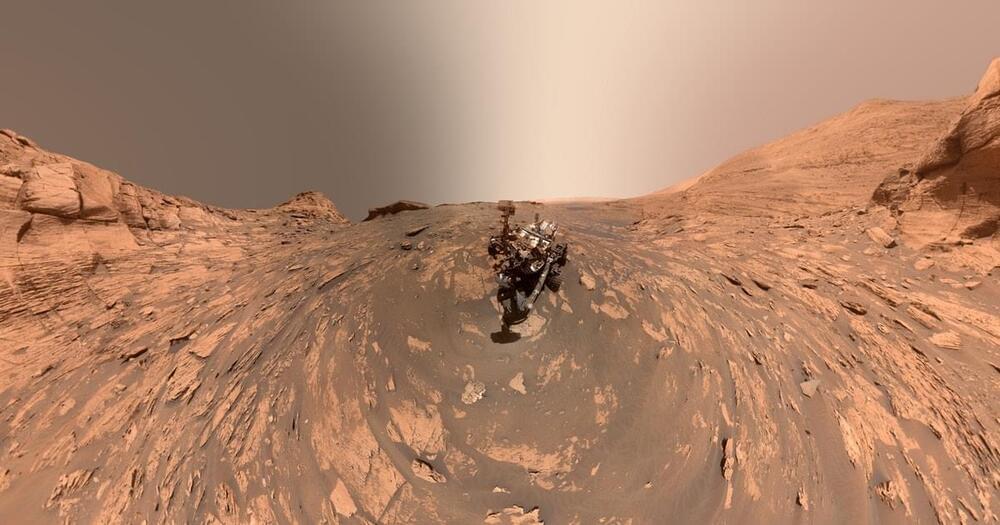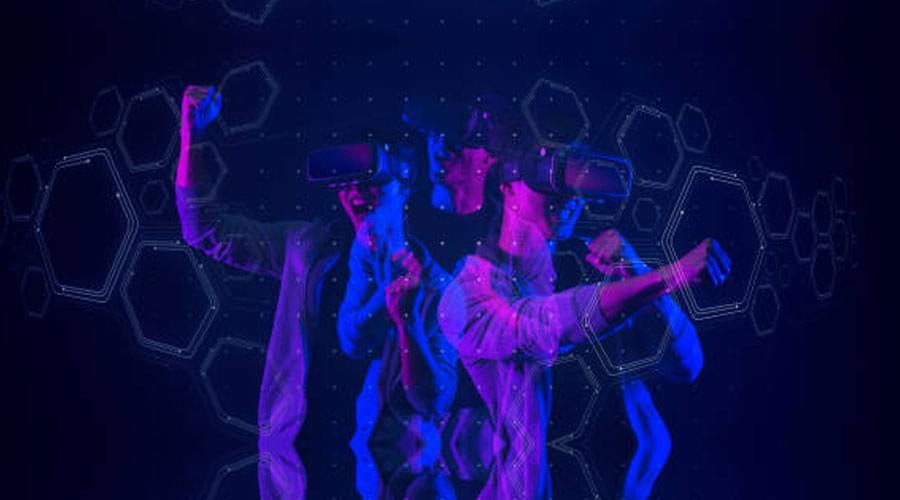A giant asteroid’s impact is considered the likely cause of the mass extinction of the dinosaurs almost 66 million years ago.
While there is no potential harm from an asteroid on the Earth at present, it is still important to keep our defense system ready in order to prevent catastrophic consequences such as impacts by deflecting trajectories of asteroids if one is ever discovered.
With this aim, NASA launched the Double Asteroid Redirection Test (DART) mission, the world’s first planetary defense test mission, last November. DART is the first-ever mission dedicated to investigating and demonstrating one method of asteroid deflection by changing an asteroid’s motion in space through kinetic impact. In summary, it is to collide with an asteroid and deflect it from its orbit in order to provide valuable information for the development of such a planetary defense system.






